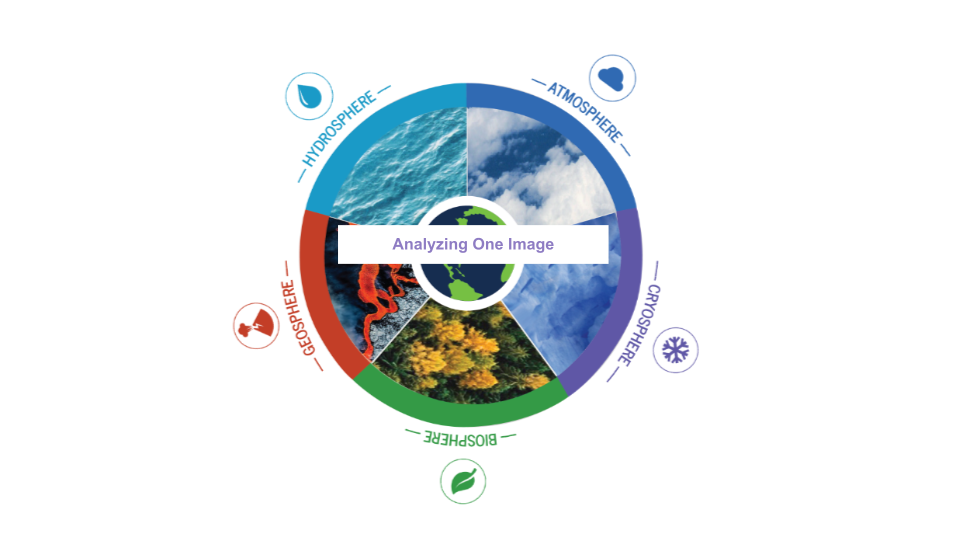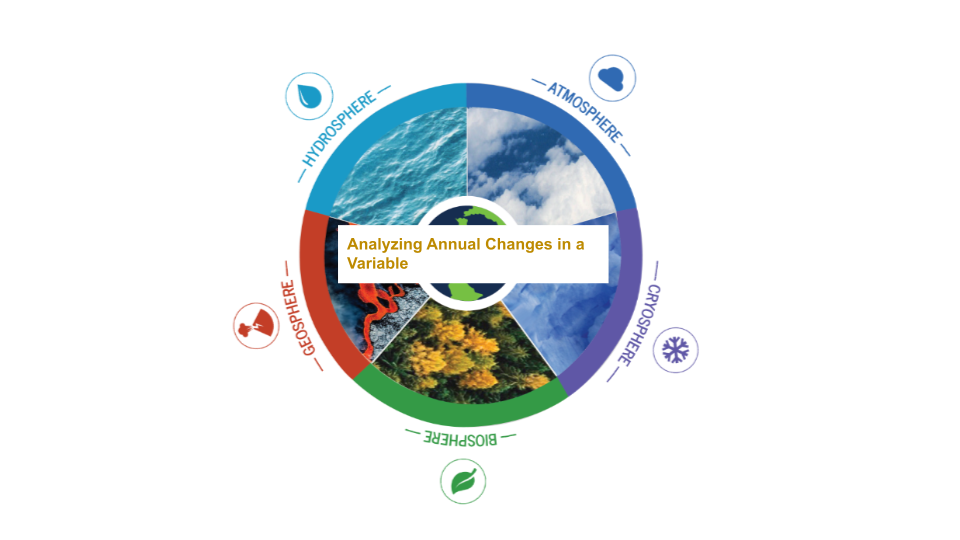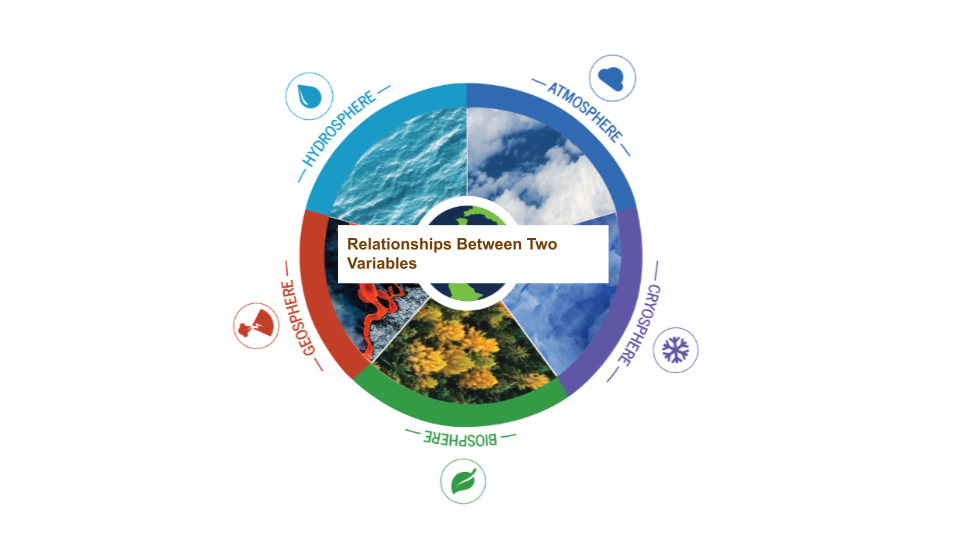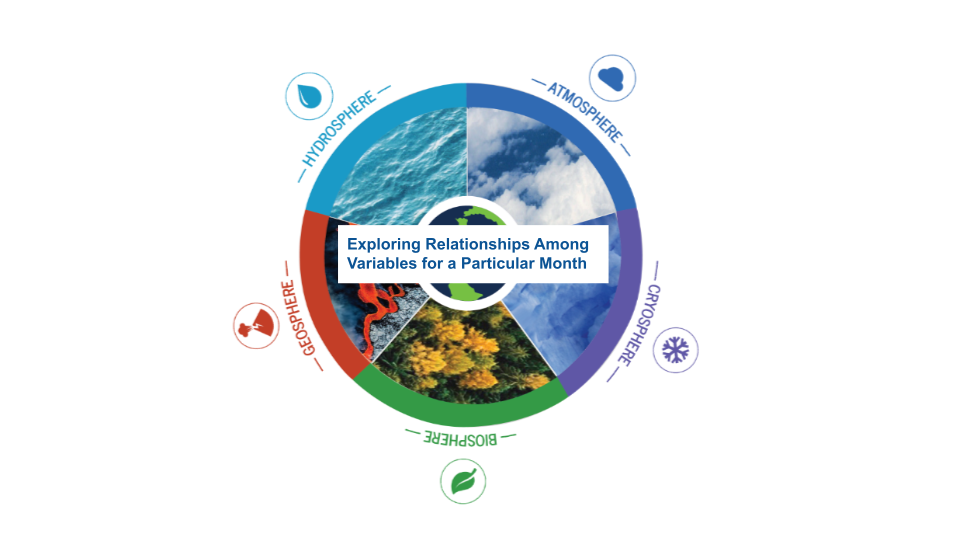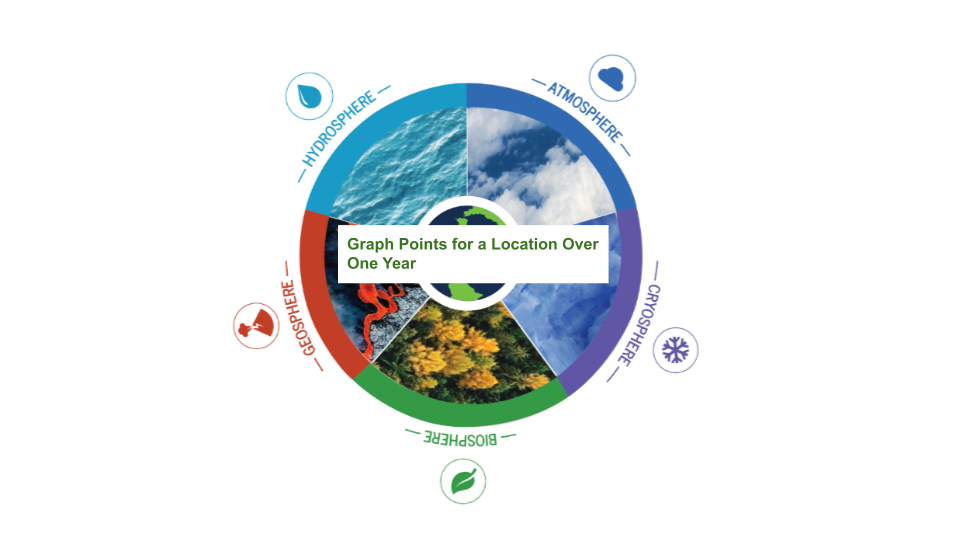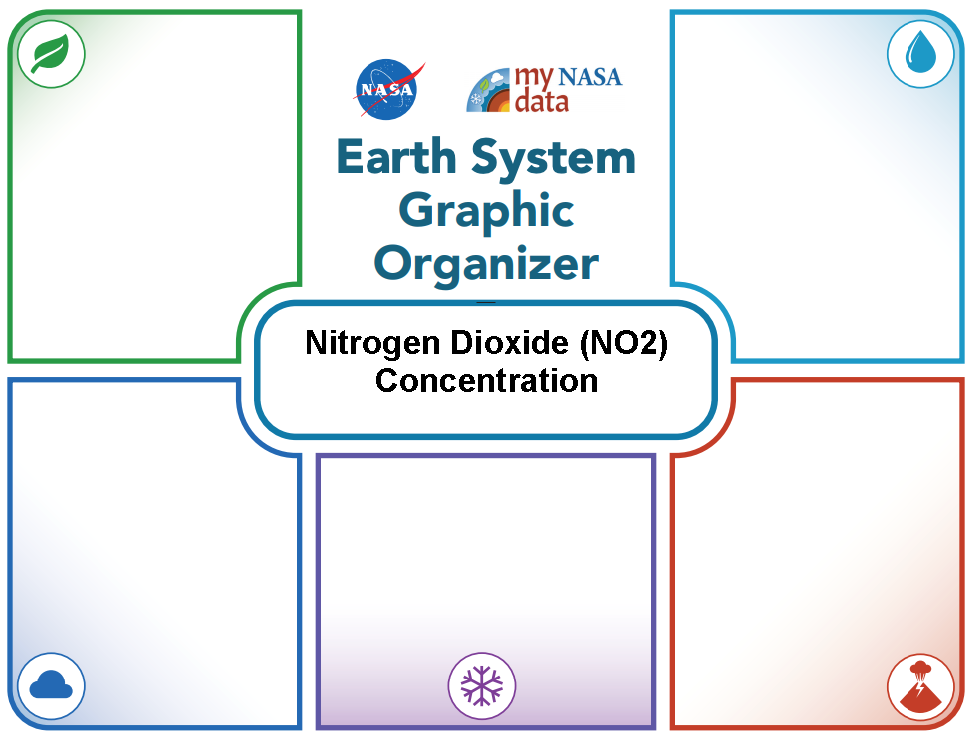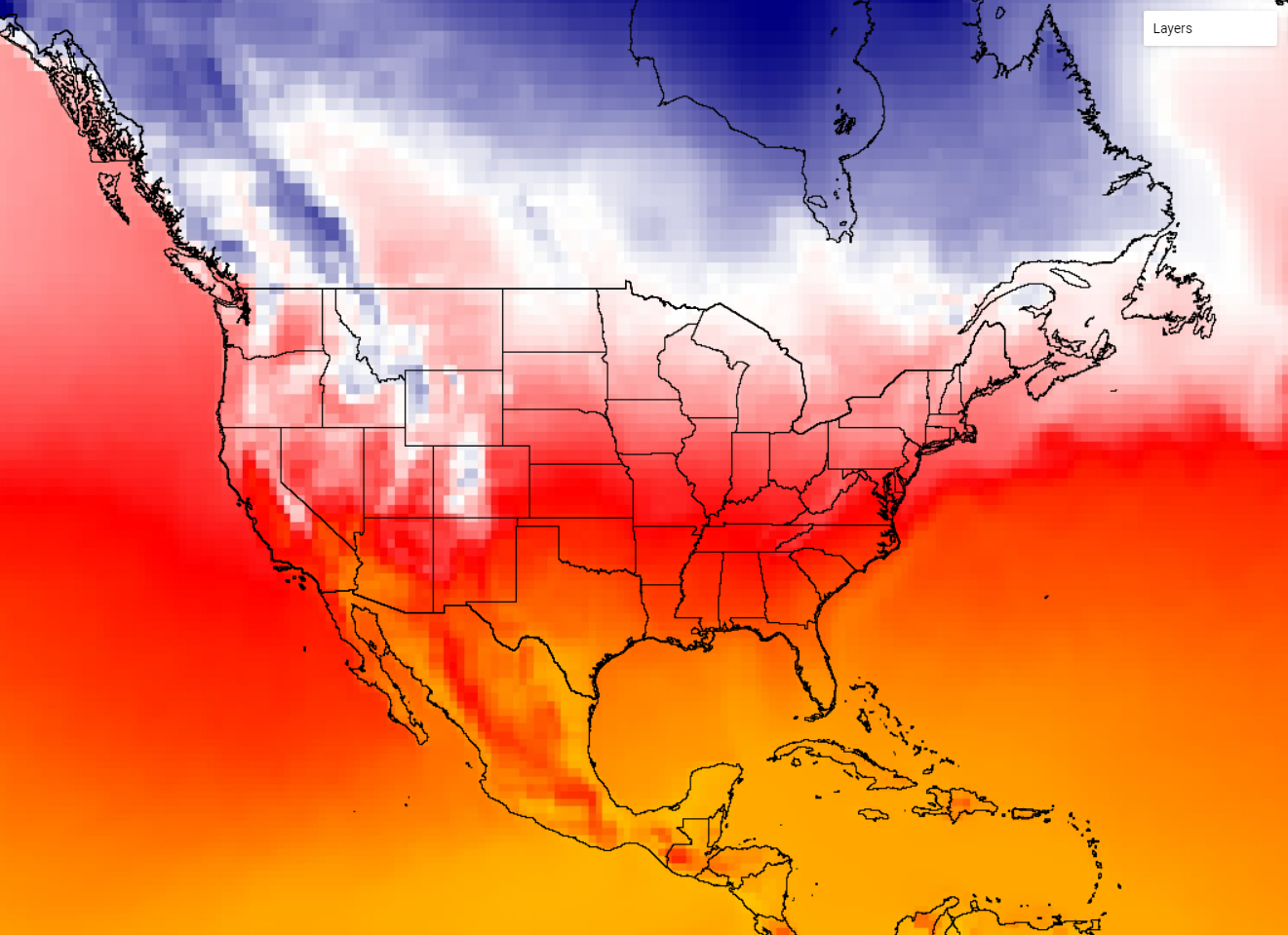The Earth System Satellite Images, along with the Data Literacy Cubes, helps the learner identify patterns in a specific image.
List of all Atmosphere Lesson Plans




The Earth System Satellite Images, along with the Data Literacy Cubes, help the learner visualize how different Earth system variables change over time, establish cause and effect relationships, identify patterns, and determine relationships among variables.
The Earth System Satellite Images, along with the Data Literacy Cubes, help the learner visualize how different Earth system variables change over time, identify patterns, and determine relationships among two variables in three months.
The Earth System Satellite Images, along with the Data Literacy Cubes, help the learner determine relationships among variables.
The Earth System Satellite, help the learner visualize how different Earth system variables change over time. In this lesson, students will graph six points for a location over one year.
Students will explore the relationship between Nitrogen Dioxide and Precipitation in Earth's atmosphere. They will explore the data provided, make a claim, and complete a slide guided by a rubric.
The Earth System Satellite Images, along with the Data Literacy Cubes, helps the learner identify patterns in a specific image.






